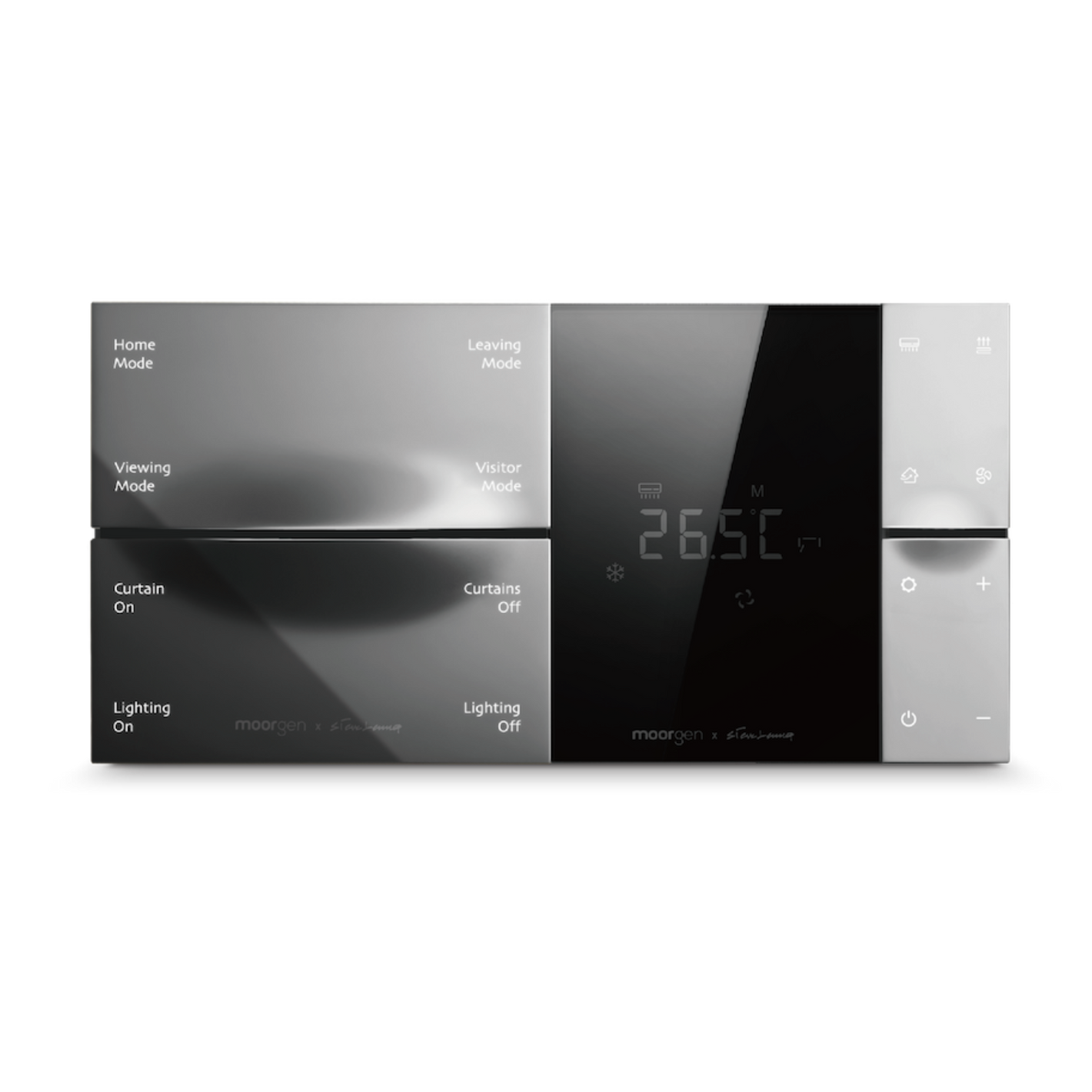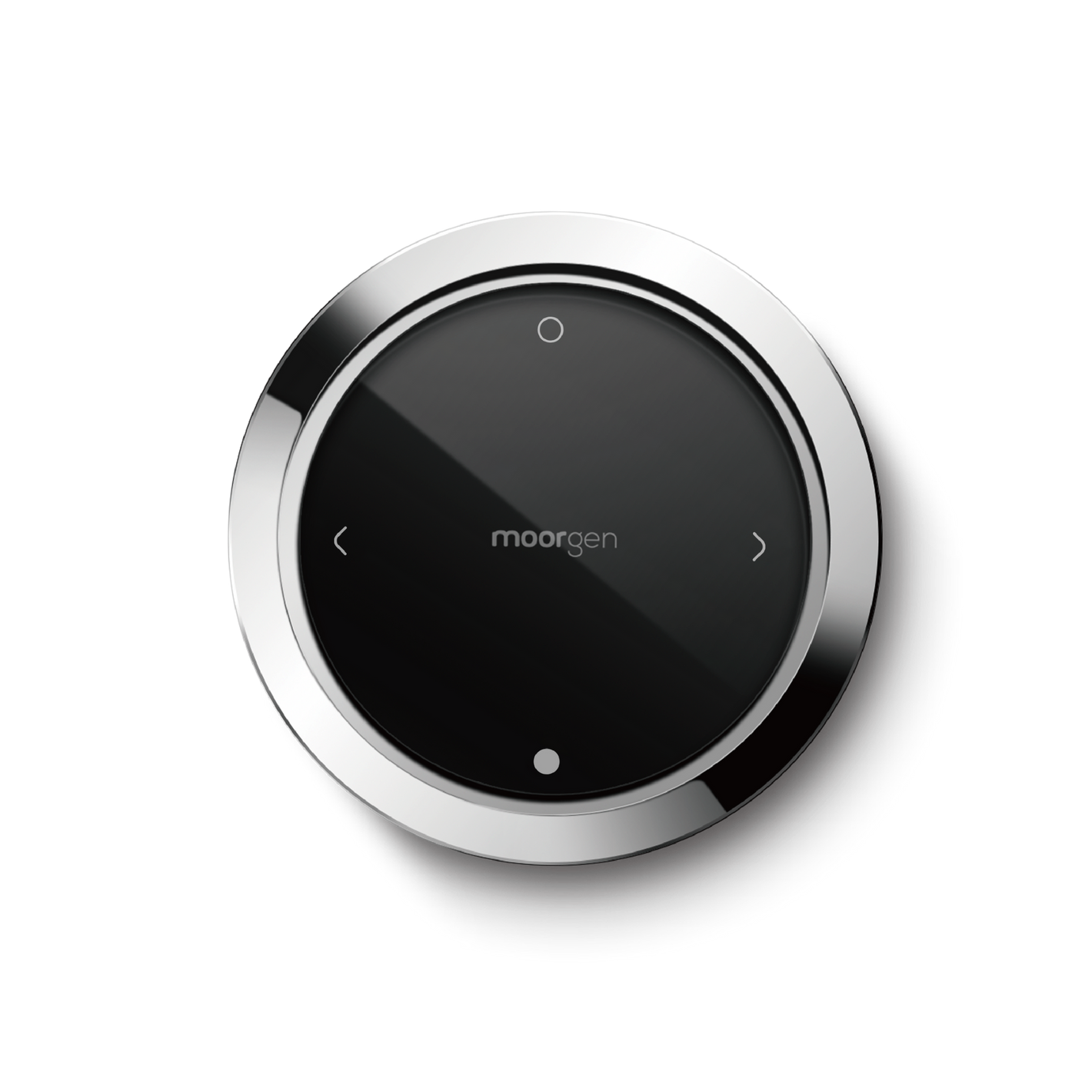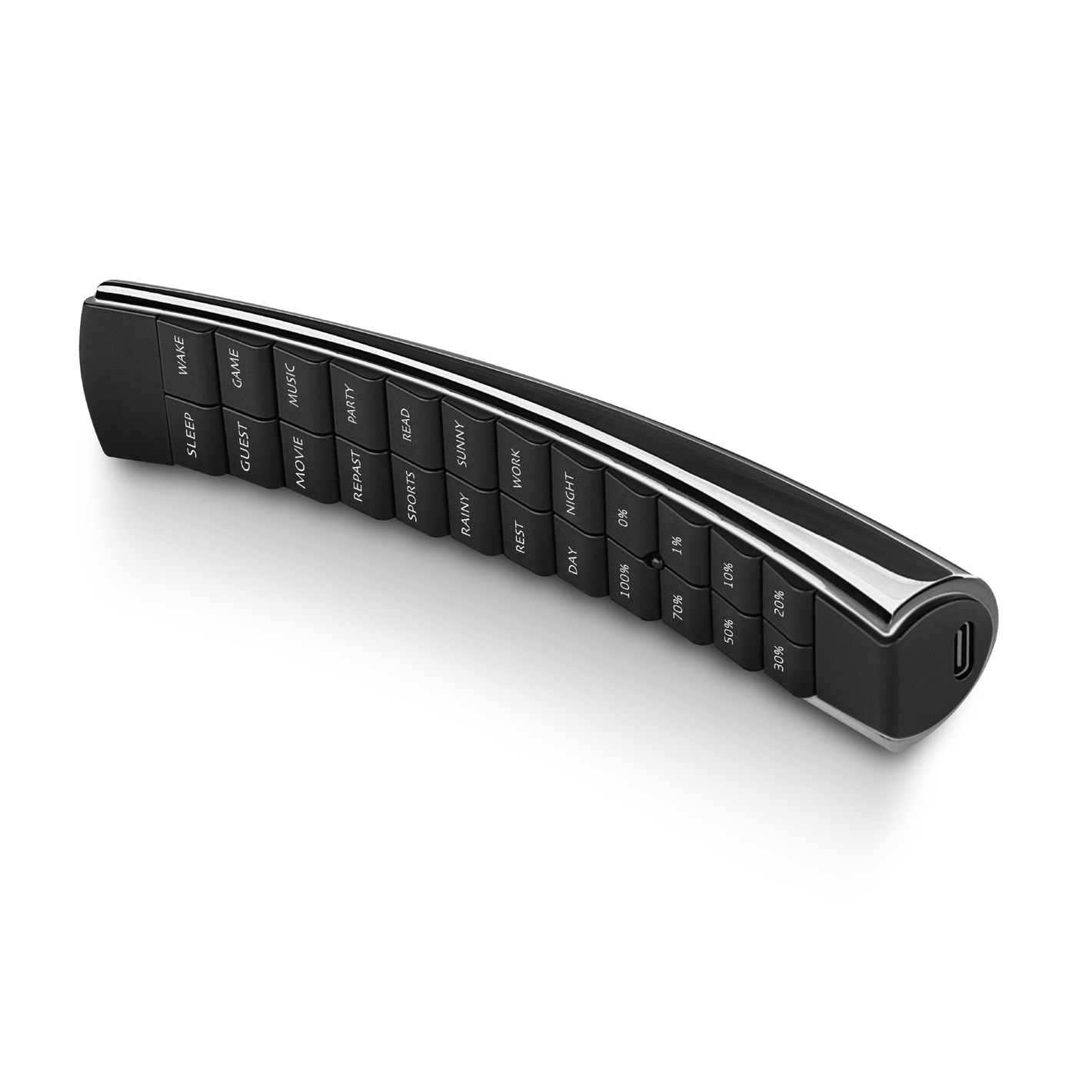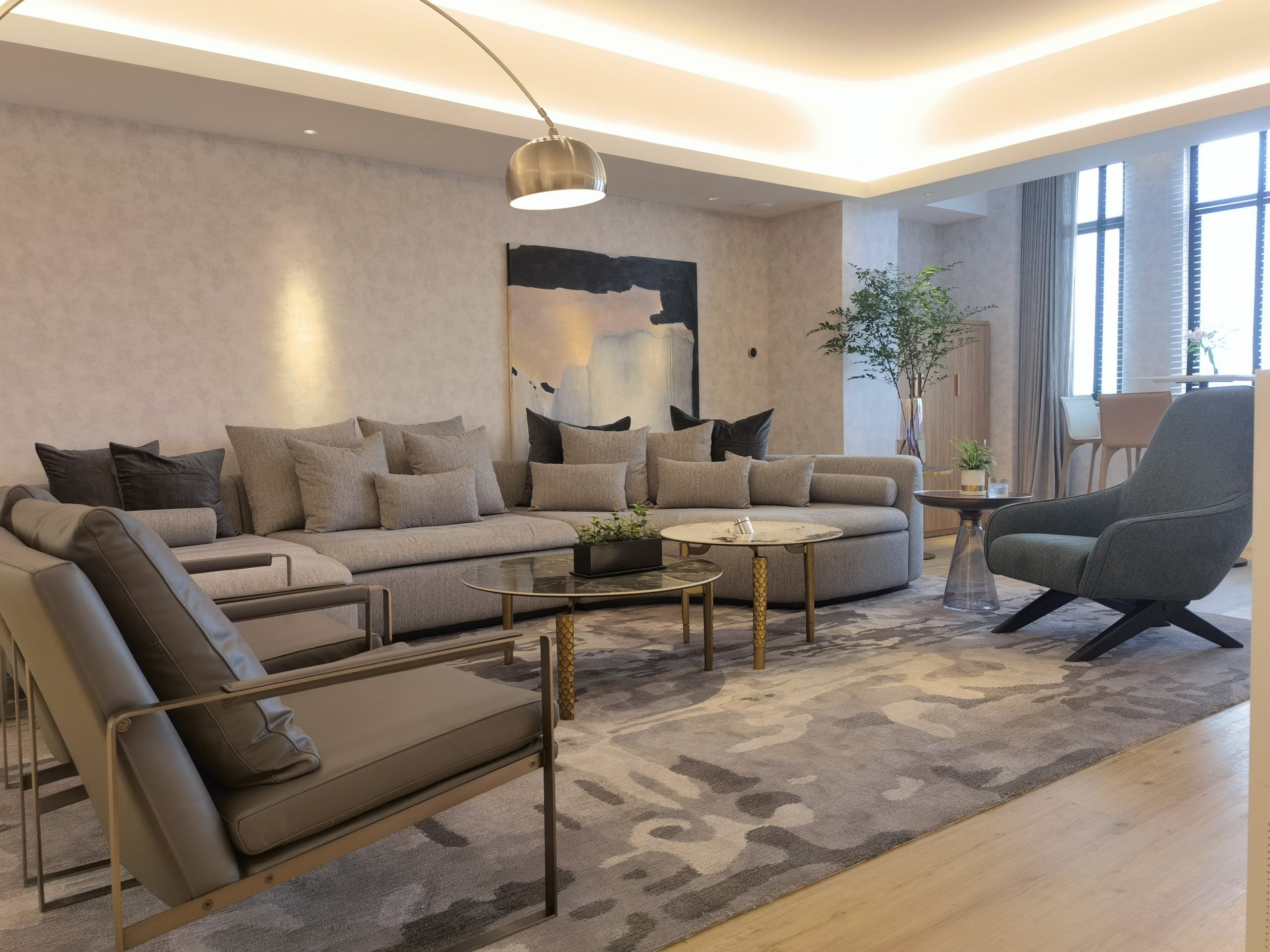Smart Window Curtains: No Need for Renovation! Understanding the Differences Between Vertical Blinds and Roller Blinds
Every household is bound to have windows, and installing curtains not only helps block sunlight from entering the room, preventing excessive brightness and rising temperatures, but also serves as a privacy shield. Although curtains are useful, many people find them cumbersome to open and close, leading them to either keep them open or closed for extended periods, thereby wasting the comfort and convenience that curtains can bring to a home. That's why smart window curtains are undoubtedly one of the entry-level smart products in a smart home. Imagine being able to open or close the curtains with just a single press of a button or even without pressing anything at all. Such curtains would be ideal. If you're interested in installing smart motorized curtains (or smart curtain robot) but have limited knowledge about them, are concerned about the difficulty of operation, or want to know how to choose the right smart motorized curtains, this article from Moorgenzine is perfect for you.
The key highlights of this article include:
- What are smart window curtains?
- Smart window curtains vs. motorized curtains
- Benefits and application scenarios of smart window curtains
- Curtain robots vs. custom smart window curtains
- Smart window curtains in various materials and styles
- Vertical blinds vs. roller blinds
- What factors should be considered when installing smart curtains?
What are smart window curtains?
Smart window curtains can be classified into two types: vertical blinds and roller blinds. As the name suggests, smart window curtains transform regular curtains into smart ones. While regular curtains or motorized curtains only have one way of operation—pulling or pressing—smart window curtains offer a variety of control options, including smart panels, smart remote controls, mobile apps, and voice control. Additionally, they can be equipped with light sensors, temperature sensors, motion sensors, and more, enabling the curtains to operate automatically. Smart window curtains also allow you to set different scene modes, synchronizing the opening and closing of the curtains with your lifestyle.
Remote control is also a key feature of smart window curtains. For example, if you forget to close the curtains while traveling, you can use a mobile app to close them. If you want sunlight to enter the room for a specific period each day during your trip, you can easily control it according to your preferences. It's incredibly convenient.
Smart window curtains vs. motorized curtains (smart curtain robot)
As mentioned earlier, regular curtains or motorized curtains, or smart curtain robot) are limited to a single operation method — pulling or pressing. In contrast, smart window curtains offer at least four adjustment methods, each with multiple control modes:
Controllers: smart panels, smart remote controls, smart rotary knobs, mobile apps, voice control, etc.
Sensors: light sensors, temperature sensors, motion sensors, etc.
Scene control: time mode, returning home mode, leaving home mode, theater mode, waking up mode, etc.
Benefits and application scenarios of smart window curtains
From the above introduction, you should have a general understanding of what smart window curtains are. Now, let's delve into the key question: What are the benefits and application scenarios of smart window curtains?
Adjustable Opening Degree
Smart window curtains offer a variety of user-friendly control options, allowing you to adjust the curtains to more than just fully open or fully closed. In fact, curtains can be partially opened, opened to 20%, opened to 60%, and so on. Smart window curtains enable you to adjust the opening degree based on factors such as the orientation of the windows and the intensity of sunlight.
Dynamic Adjustments
In addition to automatic adjustments based on set times, such as opening at 7 a.m. and closing at 6 p.m., smart window curtains can also dynamically adjust their opening and closing or opening degree based on different sensors.
Light sensors: Smart window curtains can automatically adjust based on the brightness level in the room.
Temperature sensors: Smart window curtains can automatically adjust based on the indoor temperature.
Motion sensors: Smart window curtains can open only when there are people present and close when there are none.
Scene Modes
Smart curtains can be pre-set with scene modes. For example, when watching a movie at home, simply switch to the cinema mode and the curtains will automatically close. Or when someone comes home, the curtains will only open. If there are children studying or doing homework at home and they need the natural sunlight to stay focused but don't want it to be too hot or intense, you can set the study mode to open the curtains to the desired extent.
Some people even use smart curtains as an "alarm clock"! Smart curtains can be set to open at different intervals, such as every 5 minutes, allowing sunlight to gradually enter the room, providing a gentle and natural wake-up experience without being startled by an alarm clock. It also allows people to wake up and feel the sunlight, starting the day with more energy.
Curtain Robot vs Customized Smart Curtains
If you want to install smart curtains, the most common option available in the market would be curtain robots that are ready to use. Curtain robots are suitable for those who enjoy DIY smart homes or prefer not to deal with wiring. However, it's important to note that regular curtains may not perfectly align with curtain robots' tracks, which can affect the smoothness of curtain operation. Additionally, because curtain robots protrude on the window track, they are more visible and less aesthetically pleasing.
On the other hand, customized smart curtains come as a complete package, integrating the motor, track, and curtains into a unified design, with no exposed accessories, resulting in a more aesthetically pleasing appearance. The perfect coordination between the motor and track in customized smart curtains ensures smooth operation, minimal noise during curtain movement, and increased durability. However, installing customized smart curtains usually requires professional measurement and installation, making them more expensive than curtain robots. Moreover, they often require wiring and even minor renovations. If you opt for high-end smart curtains from brands like Moorgen, the installation process will be fully taken care of by professional installers, allowing you to effortlessly enjoy the benefits of smart curtains.
Various Materials and Styles of Smart Curtains
Almost any type of curtain, such as roller blinds, vertical blinds, or Venetian blinds, can be converted into motorized curtains. In addition to using regular remote control or wall switches to operate these curtains, they can also be transformed into smart curtains compatible with and integrated into a complete smart home system with scene settings.
If you choose curtain robots, you will need to purchase a robot that fits your existing curtain type. However, if you opt for customized smart curtains, the process is relatively simple, as they can be adapted to any curtain type. You can even switch between different curtain styles, such as changing from Venetian blinds to vertical blinds, without any issues.
Vertical Blinds vs Roller Blinds
Which type of curtain should you choose for your smart curtains? Firstly, Venetian blinds are considered outdated as they can be noisy when opening and closing, their light-blocking effect is not perfect, and replacing a damaged individual slat can be troublesome, leading to a waste of the entire blind. Therefore, Venetian blinds are not a popular option for modern smart curtains.
So, when it comes to comparing vertical blinds and roller blinds, it is difficult to determine which one is better. Both types of curtains have their own unique features and are suitable for different spaces, serving different purposes in different locations.
Smart vertical blinds can create various styles and layers. The basic configuration includes sheer curtains and fabric curtains, mainly used for light-blocking purposes, making them more suitable for bedrooms, dining rooms, and bathrooms.
Smart roller blinds have higher light transmittance and allow for adjustable brightness (i.e., curtain opening extent), making them more suitable for study rooms, living rooms, offices, and other areas.
What factors should be considered when installing smart curtains?
When installing smart curtains, there are several factors to consider. Here are the most common considerations:
Smart Curtain Protocols
There are various protocols for smart curtains available in the market, including Tuya, Zigbee, KNX, Dry Contact, and 4 Wires AC. The choice of protocol depends on the smart home system you have selected.
Curtain Box
Smart curtains come with convenient track devices and motors for easy curtain movement. If these components are exposed, it can affect the overall appearance of the smart curtains. Installing a curtain box can not only block sunlight from entering the room but also cover the tracks, motors, and wiring. If there is limited space to install a larger curtain box, efforts should be made to hide the wiring or integrate it into the wall or corners to avoid being too conspicuous. Customized smart curtains like Moorgen smart curtains do not have this issue.
Track Load Capacity and Length
Smart curtains have motors and carry a certain weight, so it's important to consider the load capacity of the curtain track. Even if the track seems sturdy, there are limitations to the weight it can bear. If the selected curtain fabric is too heavy, it may cause the track to bend or sag, affecting the operation of the smart curtains.
In terms of length, it is generally recommended to have smart curtain tracks less than 6 meters long. If the track is too long, the middle section of the curtain track is more likely to bend or sag, affecting the operation of the smart curtains.
Operating Noise of Smart Curtains
Smart curtains operate using motors, and there may be some noise when opening or closing. This is especially important to consider for smart curtains used in bedrooms. Vertical blinds usually produce the least noise, making them more suitable for bedroom use, especially for better light blocking.
Lead Time for Customized Smart Curtains
After professional measurements are taken on-site, it usually takes around 7 to 10 days for the installation of smart curtains. However, the processing time may vary depending on the curtain style. Certain curtain styles such as vertical blinds or roller blinds may require an additional 2 to 4 days before installation can take place. Therefore, the entire installation process usually takes about two weeks to complete. If you are planning to install smart curtains, it's essential to allocate sufficient time for preparation.
After reading this Moorgenzine article, we believe you have gained a deeper understanding of smart curtains. If you have any questions regarding how to transform your home into a smart home, you can contact Moorgen via WhatsApp for free professional advice or visit the Moorgen showroom to experience Real Smart Home.
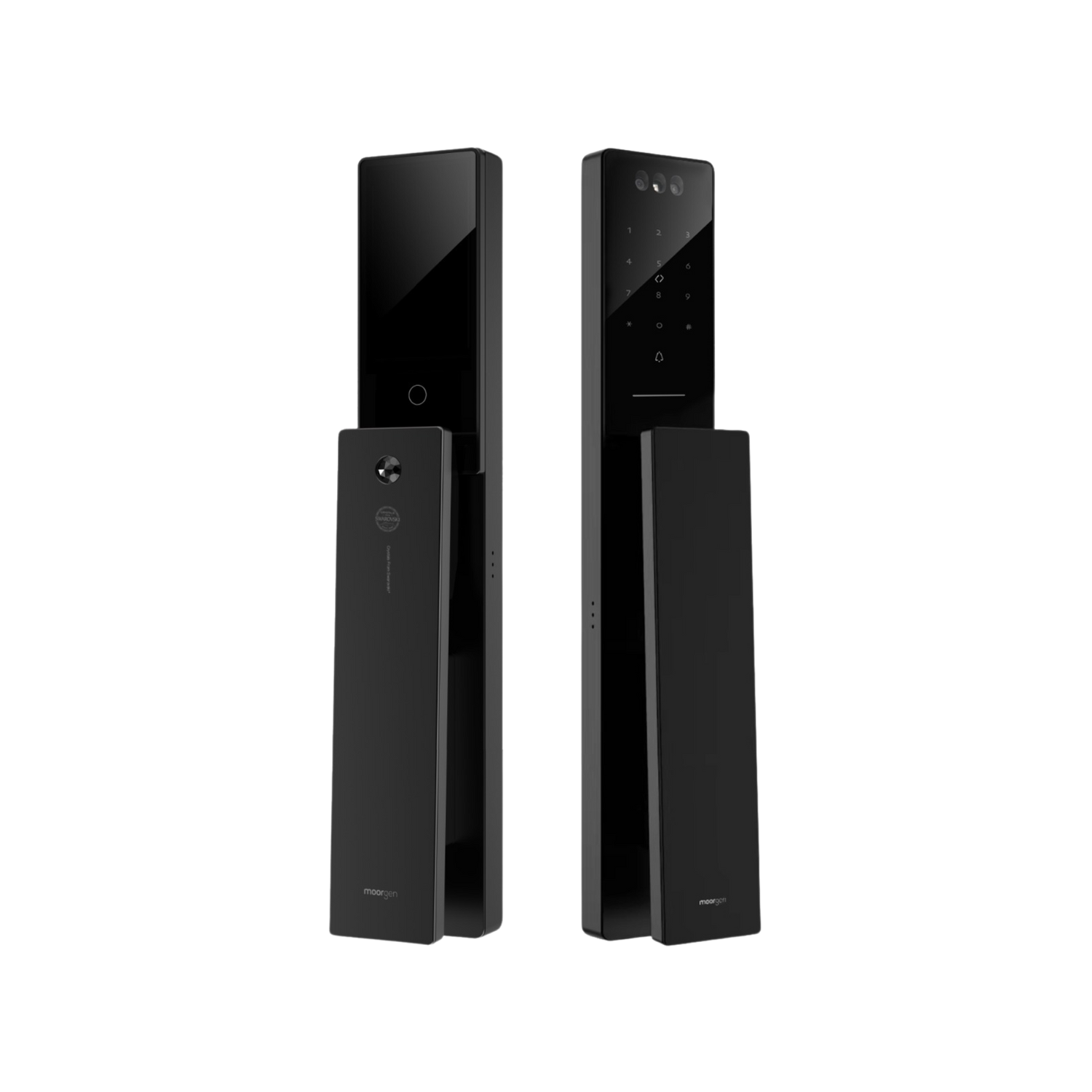


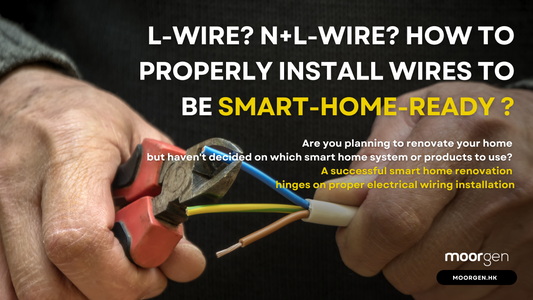

![[Smart Living] How to Choose a Smart Power Strip? Swift Transform Your Home into a Smart Home!](http://moorgen.hk/cdn/shop/articles/blog_cover_moorgen_how_to_choose_smart_power_strip.png?v=1728137093&width=533)
![[Smart Living] How to Choose LED Bulbs? Which Ones Are the Most Energy-Efficient?](http://moorgen.hk/cdn/shop/articles/blog_cover_moorgen_how_to_choose_led_bulbs.png?v=1728136975&width=533)
![[Smart Living] How to Choose an Instant Hot Water Dispenser and Use It Efficiently?](http://moorgen.hk/cdn/shop/articles/blog_cover_moorgen_how_to_choose_instant_hot_water_dispenser.png?v=1728136837&width=533)
![[Smart Living] 5 Energy-Saving Tips for Electric Kettles](http://moorgen.hk/cdn/shop/articles/blog_cover_moorgen_energy_saving_tips_electric_kettles.png?v=1728136710&width=533)
